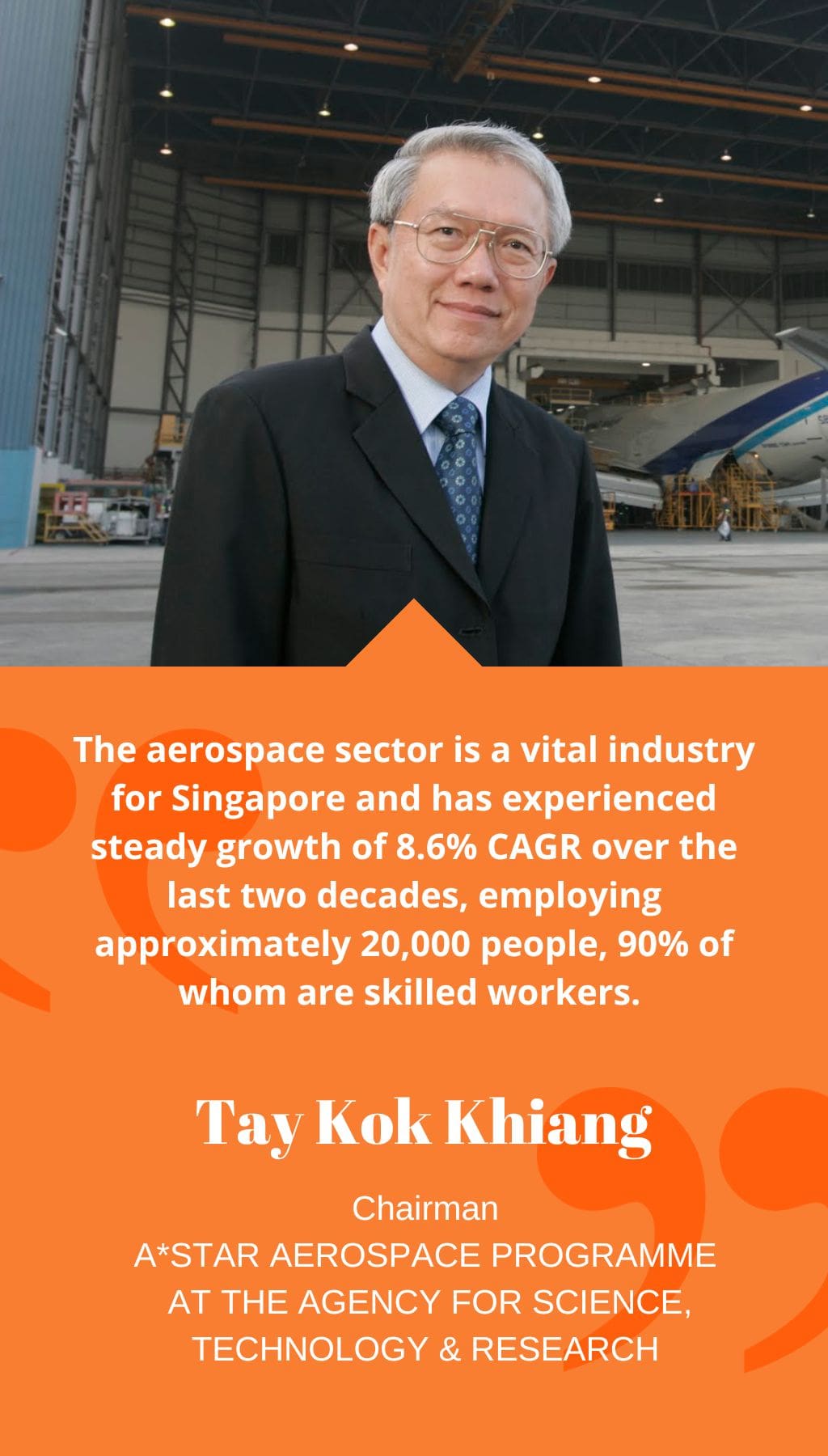
- Singapore | 19 March 2019

Can you provide an overview of A*STAR’s main focus and operations in Singapore?
ASTAR, the Agency for Science, Technology and Research, is Singapore’s primary public agency dedicated to promoting economic-oriented research and developing innovative technology. With over 5,400 staff, ASTAR conducts research through two main entities: the Science and Engineering Research Council and the Biomedical Research Council, located primarily in Fusionopolis and Biopolis, respectively. ASTAR collaborates with both public and private sector partners and conducts research within various clusters, including Electronics, Chemicals, Marine and Offshore, MedTech, Biologics, and Aerospace. ASTAR’s research aims to stimulate economic growth and job creation, as well as improve people’s lives. ASTAR also works closely with the Economic Development Board of Singapore to support Singapore’s industry and collaborate with global partners. Furthermore, ASTAR’s scholarship and talent development programs play a crucial role in cultivating a diverse and robust workforce for Singapore’s research, innovation, and enterprise ecosystem.
Why is the aerospace sector important to A*STAR, and what is the agency’s vision for the sector’s future?
The aerospace sector is a vital industry for Singapore and has experienced steady growth of 8.6% CAGR over the last two decades, employing approximately 20,000 people, 90% of whom are skilled workers. ASTAR collaborates with the aviation industry through its Aerospace Program, which is anchored by the ASTAR Aerospace Research Consortium. Established in 2007, the consortium conducts pre-competitive research to address challenges facing the aerospace industry. Consortium members have access to ASTAR’s research resources and cutting-edge infrastructure. The consortium’s research covers all aspects of aerospace R&D, including advanced materials, manufacturing processes and automation, information and communication, inspection and non-destructive testing, computational modeling, and dynamics. From its initial four founding members, the consortium has grown to include 15 members, including leading commercial aircraft and engine manufacturers, component and specialized aviation materials companies, and prominent local enterprises. The ASTAR Aerospace Program has conducted over 100 multi-disciplinary projects to date.
Can you provide some examples of the projects undertaken by A*STAR?
ASTAR has worked on various projects related to the aerospace industry. One project involves research into new materials, such as those used to treat pipelines to prevent coking, and developing materials with special properties that can benefit aviation, including conductive composites that may one day replace traditional lightning strike protection for composite structures in the latest generation of aircraft. In the electronics sector, ASTAR is designing high-temperature packaging for harsh environments, which is necessary to meet the future needs of “more-electric aircraft.” Additionally, ASTAR is researching smart sensors that continuously and online monitor engine oil levels, replacing the current offline periodic checks. In coatings, ASTAR is investigating super-hydrophobic materials and ice-phobic coatings. Finally, A*STAR is conducting research on Direct-Write technologies that will allow for efficient and cost-effective health monitoring of modern aircraft, as well as improving internet connectivity and capacity to meet the needs of modern society.
What are your views on the regulatory framework that supports the aerospace industry?
The aerospace industry is highly regulated and international in nature, particularly from an engineering and MRO (maintenance, repair, and overhaul) perspective. Although there may be differences between countries, most of the Western World’s regulations are governed by the Federal Aviation Administration (FAA) and the European Aviation Space Agency (EASA), which have similar requirements.














